When Norwegian Was Often Heard on the Streets of Buckie
In 1940, following the German invasion, hundreds of Norwegian refugees – men, women and children – sailed across the North Sea in small fishing boats to seek refuge in Scotland. Most made for Shetland, but were in turn relocated to Buckie, a town of some 8,000 inhabitants. Throughout the War, the Norwegian population of the town was in the region of four to eight hundred people. This led to Buckie being known as ‘Little Norway’.
In 2018, as part of European Year of Cultural Heritage, Professor Peter Reid of Robert Gordon University (RGU) in Aberdeen led a project, in collaboration with Buckie Fishing Heritage Centre (www.buckieheritage.org), which researched the stories of the Norwegians and Danes who made Buckie their home during the Second World War. It drew on archival sources, oral history, personal stories and reminiscences, photographs, newspaper reports and other sources. The result was the Little Norway website.
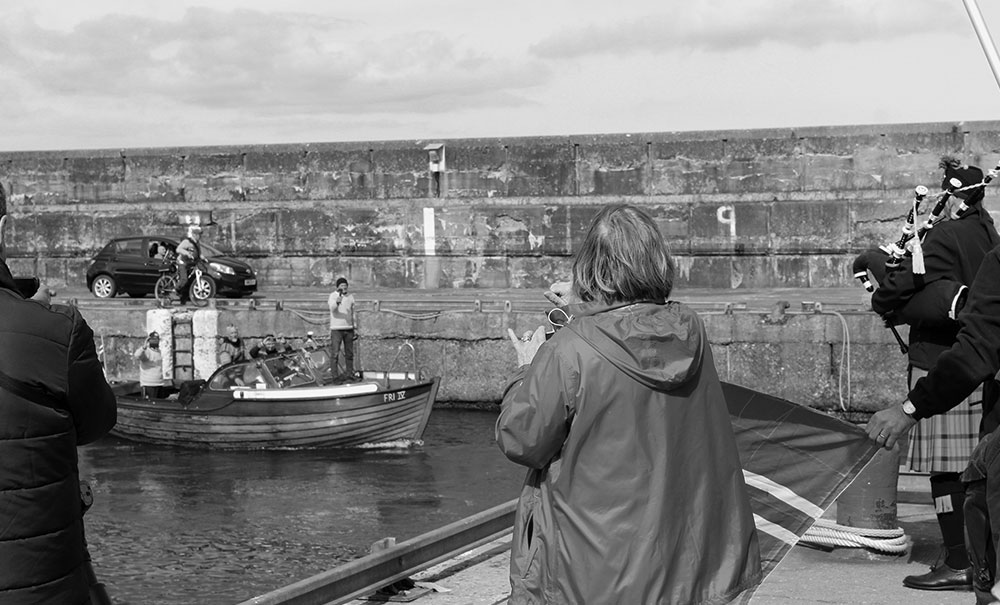
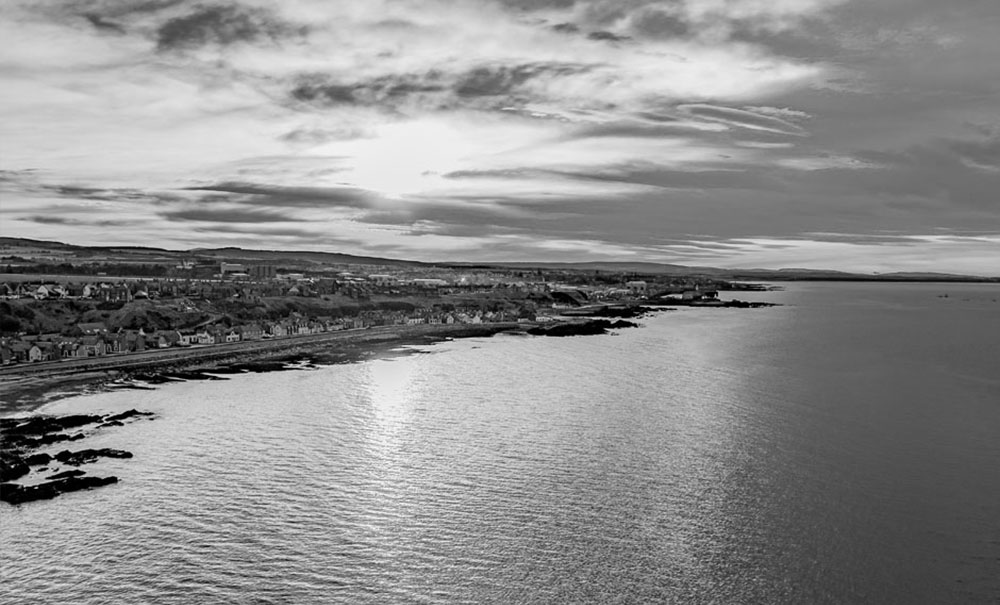
Norwegian Buckie
As the Norwegian population grew in Buckie (from autumn 1940 onwards), the Norwegian Government in Exile began to acquire properties in the town. Kintrae (now a Bed and Breakfast) at 39 East Church Street was one of the first to be taken. It was rented on a long-term release from Mrs Nellie Clark. Kintrae served as the Norwegian Consulate throughout the War, firstly under Gustav Puntervold and then under Sverre Brosvik, his successor. Puntervold in particular, formed a very successful partnership with the Town’s Provost, William Merson, to ensure that all the Norwegians found homes, with many Buckie families giving up spare rooms to host Norwegians. Families were allocated any available empty properties across the town.
Kintrae also housed the Norwegian Fisheries Office, part of the Ministry of Commerce.
The town had a strong Norwegian feel because of this population. In addition to the consulate, there was a reading room and Seamen’s Mission (Sjømannskirken) which opened in the East Church Street in 1942. The reading room had originally been in Kintrae but was moved across the road to large premises, into the same building as the Seamen’s Mission (where Blythswood shop is today). Outside, it boasted a huge sign saying “Skandinavisk Leseværelse”. These facilities were open to all Danish, Norwegian and Swedish people in the town, whether resident or just passing through. Services at the Seamen’s Mission were taken initially on an irregular basis by Pastor Norman Salvesen of the Seamen’s Church in Leith. Eventually, Pastor Bjarne Fjælberg came to the town and he remained right until the closure of the mission in 1946.
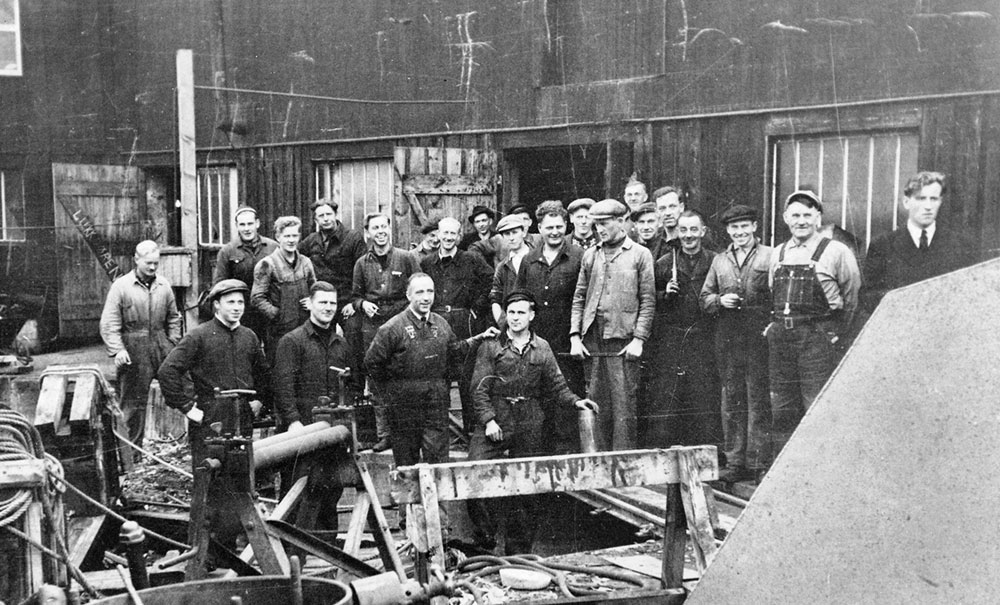
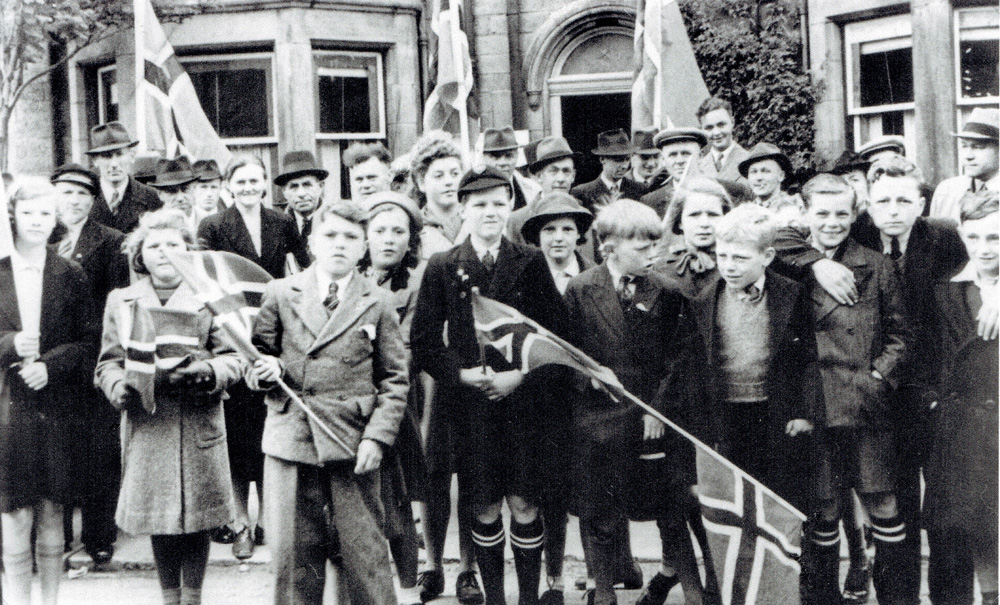
With so many Norwegians and their boats in the town, the Ministry of Commerce of the Government-in-Exile decided to establish the Royal Norwegian Slip and Repairs Shops at Cluny Harbour in Buckie. It was built to take in hand the Norwegian fishing boats that had transported refugees across the North Sea and to ensure they remained seaworthy and so could contribute to the war effort.
A Norwegian resistance fighter from Bergen called Frank Mohn was assigned responsibility for the construction of the boatyard. Frank had initially been training with the Free Norwegian Forces before sustaining a knee injury during exercises. The slip and boatyard were established in Commercial Road at the west-most basin of the harbour (now filled in). Frank would return to Norway after the war and become one of its most successful businessmen (and a billionaire), establishing Framo Pumps.
The Industrious Norwegians
The Norwegians were industrious and skilled workers and they put their skills to good use, ensuring that the Norwegian fishing fleet could contribute to the war effort by landing catches but also by ensuring that the fleet could ‘pick-up-where-they-left-off’ back in Norway after the end of the conflict. Some boats were converted for military purposes.
In July 1942, King Haakon VII and his son, Crown Prince Olav, visited the town. The King and Crown Prince spent considerable time at the Norwegian Slip during their visit. There are a number of important archive photos of the King’s visit, including him with four little Norwegian girls on his knee in the Reading Room.
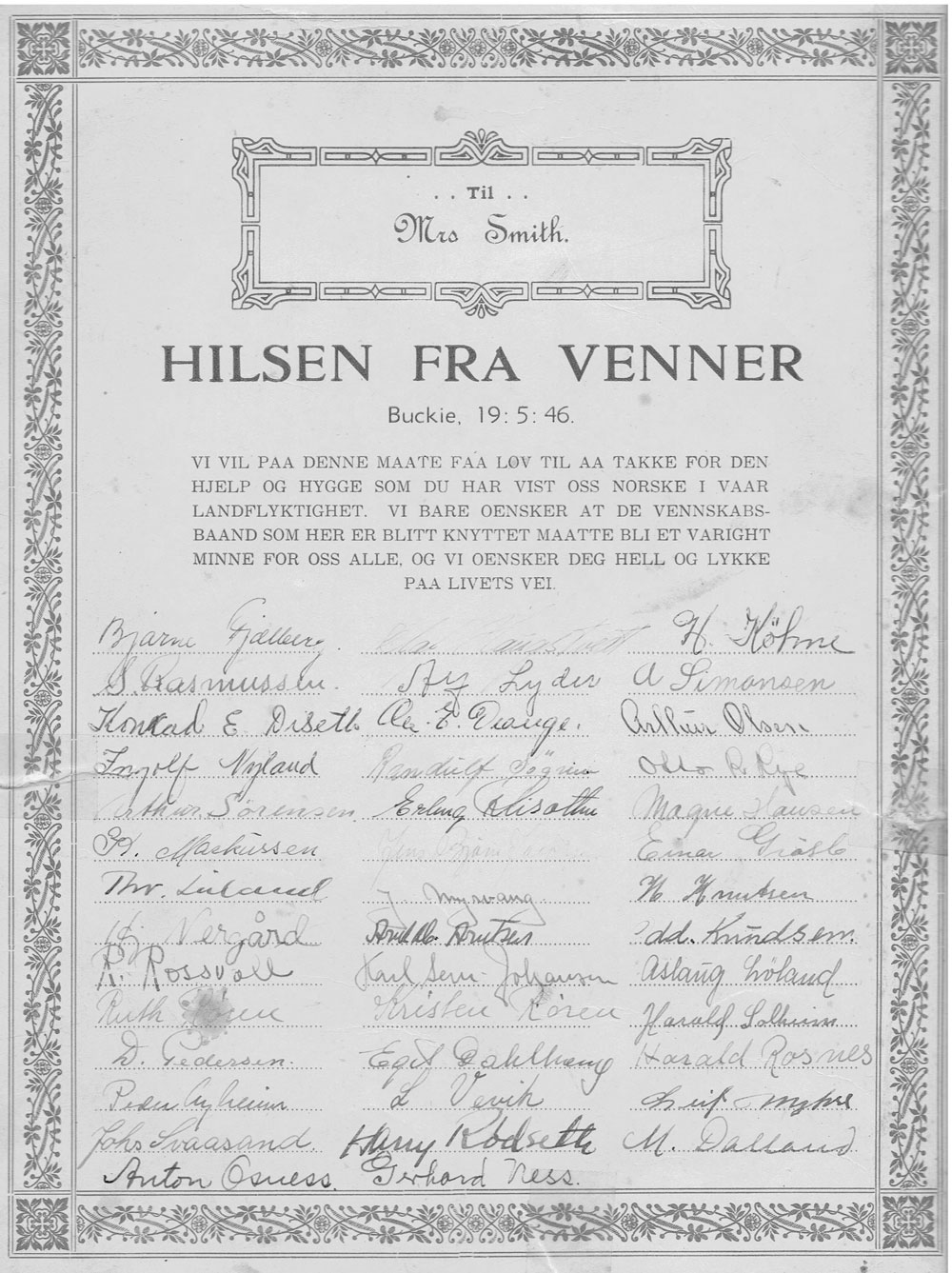
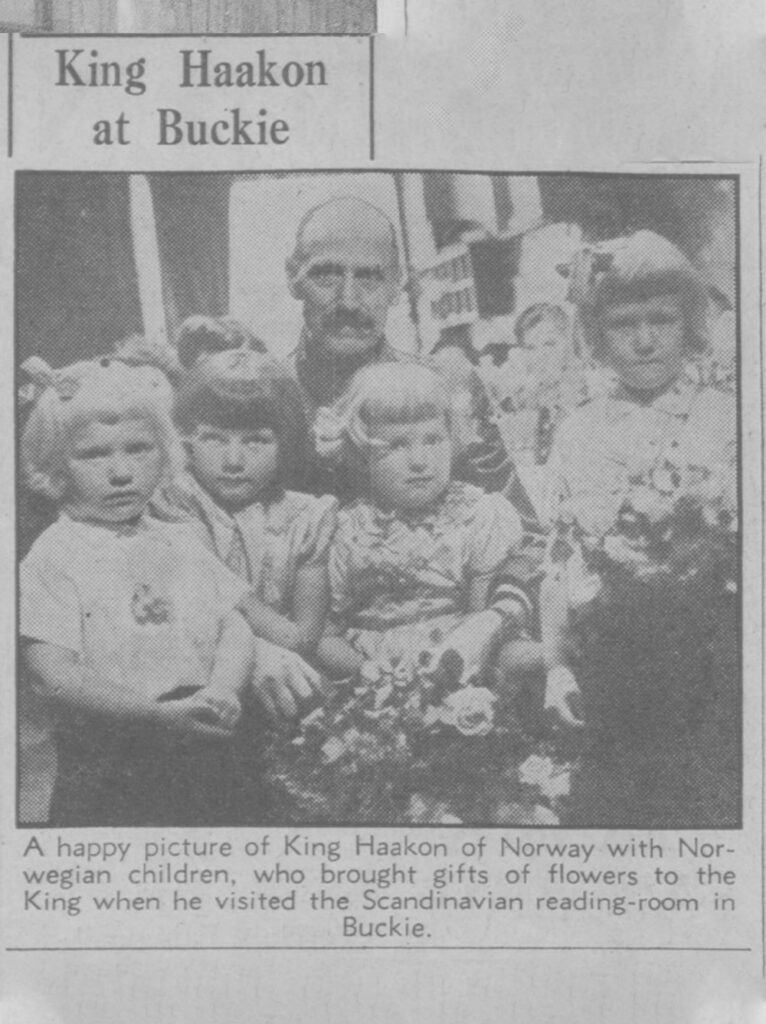
The story of the Norwegians was all about people however; people who had been forced to flee their homeland because of war and who longed to return. Most did. Some did not. One of the saddest little graves in Buckie New Cemetery is a tiny memorial to Aud Oline Ramstad. It is easy to miss it and walk on by.
Aud Oline Ramstad was born on 11 July 1935 in the Lofoten Islands. She had four siblings, Mildrid, Erling, Valborg and Gunvor. They all fled from the Lofoten Islands and, indeed, the Germans burned their house after they had left. Eventually, they came to live in Buckie but we are unsure how or when. The Ramstads lived at 2 Union Terrace in Buckpool, Little Aud Oline died on 5 June 1942, a month short of her seventh birthday having suffered from endocarditis and gastritis. Little Aud Oline is buried in the New Cemetery at Buckie and her grave is still tended by a member of the local community.
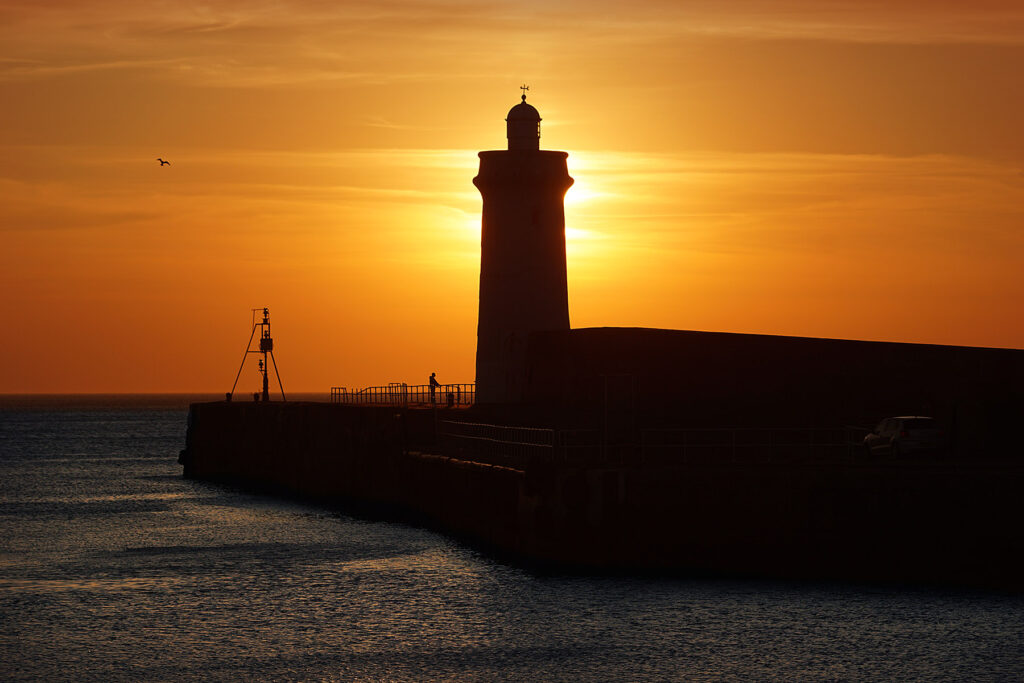
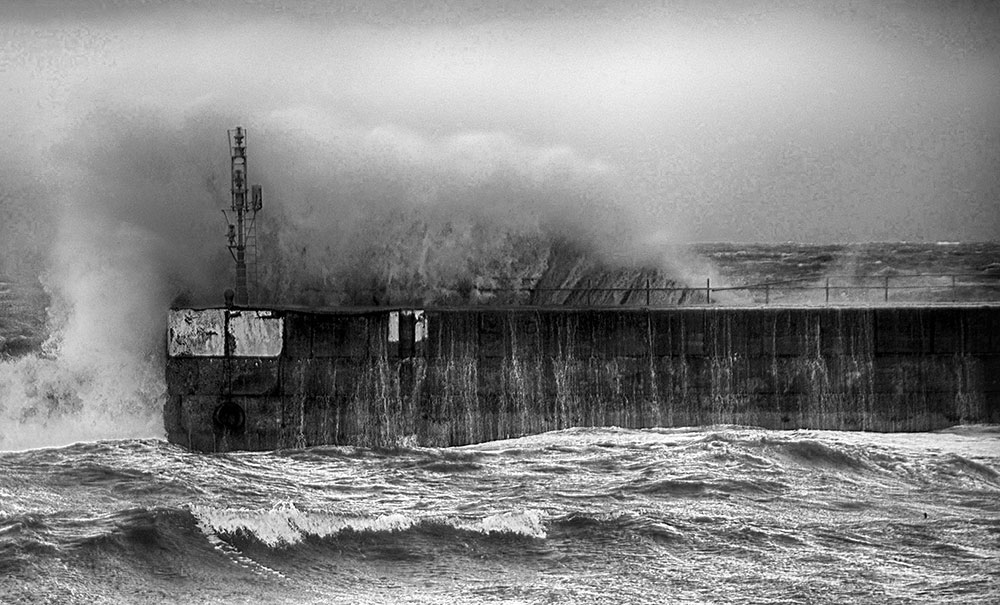
Her family returned to Norway after the war, and her parents, Elias and Signe outlived their daughter, who lies in Buckie, by almost half-a-century.
They had no house to return to but, in the words of their granddaughter, “the community looked after them”. Elias and Signe died within a year of one another; Signe on 25 September 1989 and Elias on 18 April 1990. Many years later Mildrid, with her daughter Aud, visited Buckie and saw 2 Union Street and visited the grave of her little sister. For Mildrid it was a chance to close an important chapter in her life. Midrid is one of the little girls sitting on the knee of King Haakon. Aud Oline is not forgotten in either Norway or Scotland.
The Return to Little Norway
In April 2022, four Norwegian sailors, Frode Stokkeland, Jarle Føreland, Tony Teigland and Willy Pedersen sailed Fri IV from Kristiansand to Buckie to commemorate their heroic compatriots who crossed the North Sea during the Second World War. They departed Norway on Wednesday 13 April and arrived in Buckie at 11.15am on Saturday, 16 April 2022. They were formally welcomed by Mrs Frances McKay, Deputy Lieutenant of Banffshire (on behalf of the Lord Lieutenant, represented Her Majesty the Queen) and by pipers, Rab and Holly. The carried with them a letter from the Norwegian Minister of Defence, thanking the people of Buckie for their support of Norway during the War. The motto for their trip was Aldri glemme, Norwegian for ‘Never forget’. Buckie remembers.
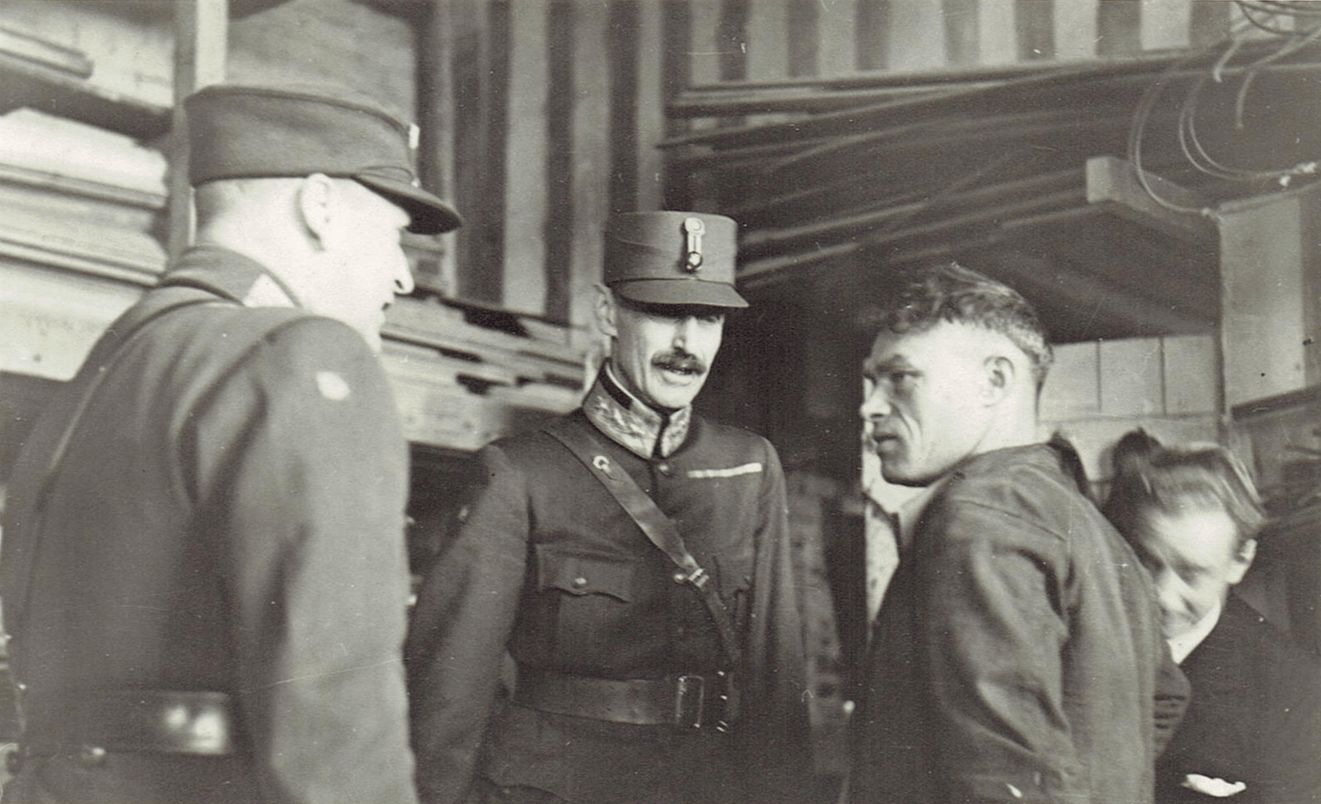

This article was written by Professor Peter Reid of Robert Gordon University. Find out more about his work here.
